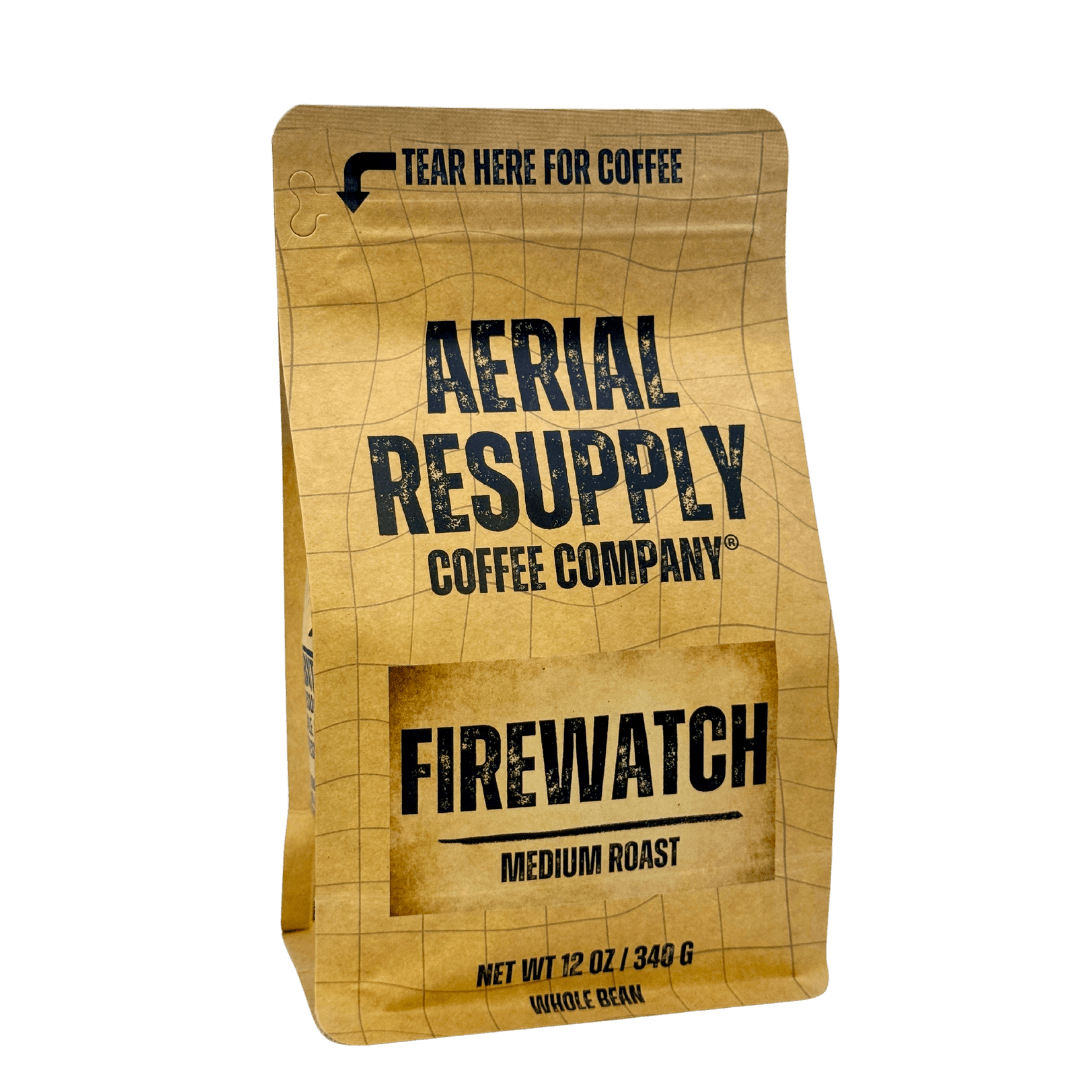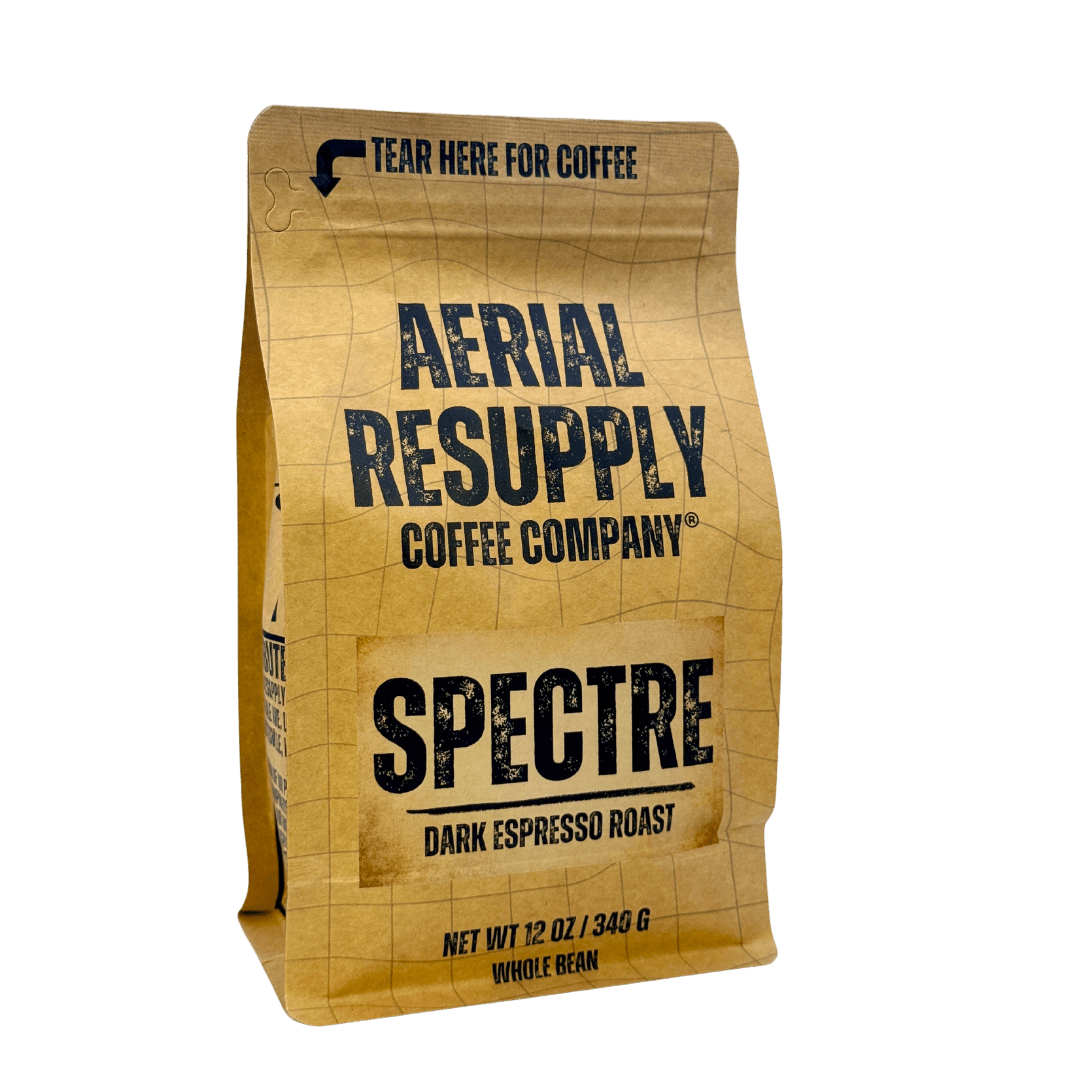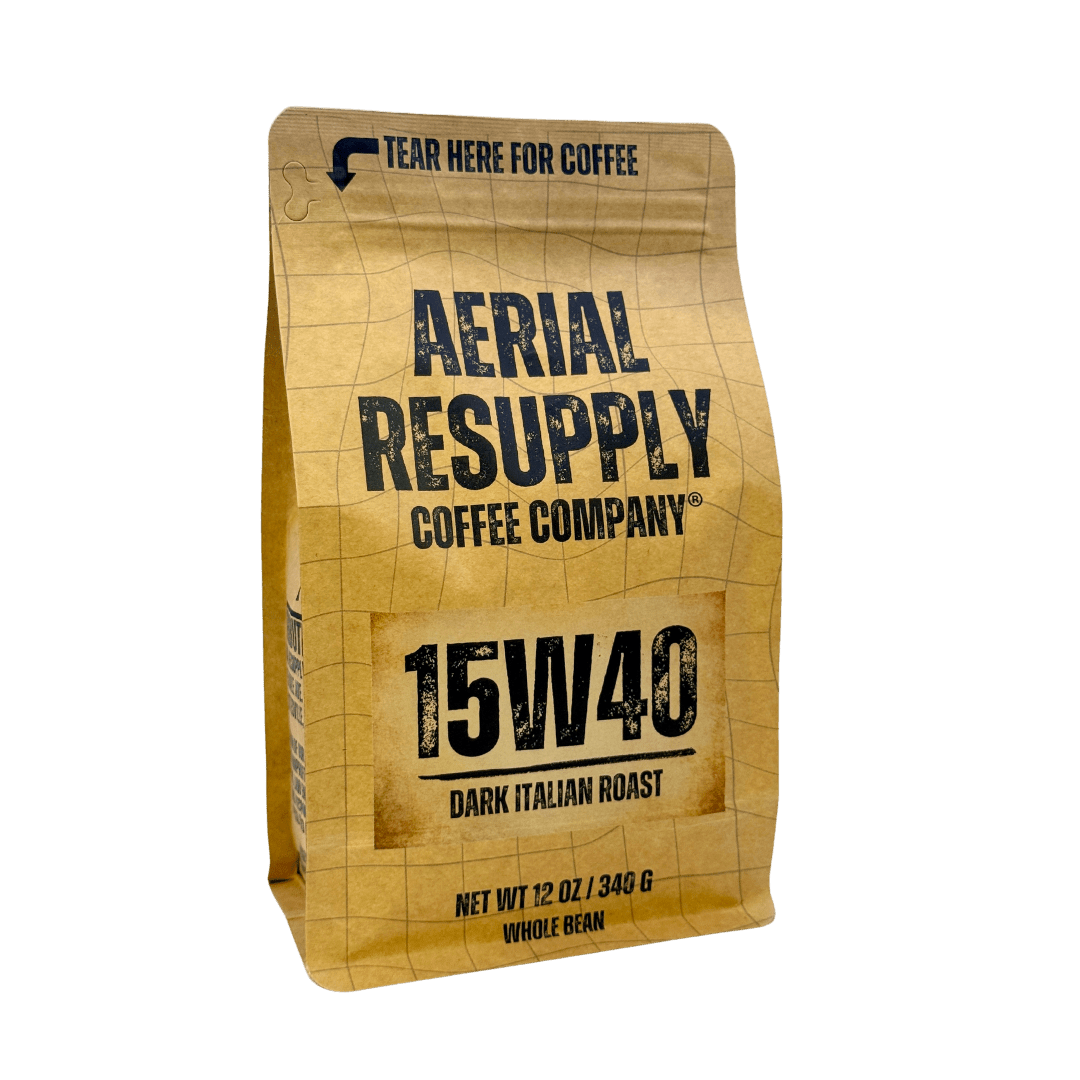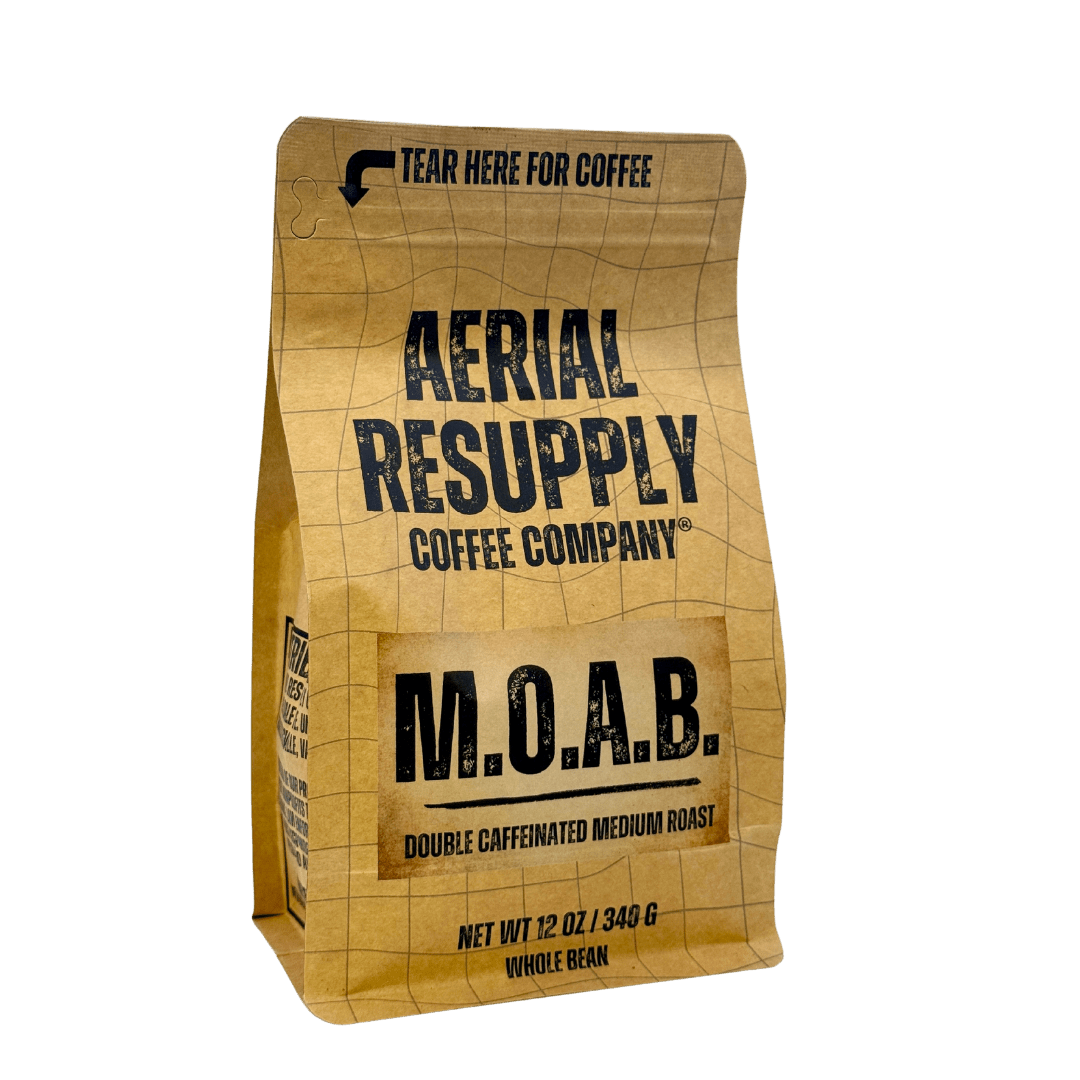4 Soldiers Found Comatose at Fort Bragg After 96-Hour Work Bender, Revived by Combat Medic’s Improvised Coffee IV
A grueling work marathon at Fort Bragg nearly turned tragic when four soldiers were discovered unresponsive after a 96-hour vehicle prep sprint. A resourceful medic’s field-expedient caffeine solution saved the day—and possibly rewrote the Army’s approach to combat fatigue.
Discovery in the Motor Pool
FORT BRAGG, NC — Four soldiers assigned to the 530th Combat Sustainment Support Battalion were found comatose inside a maintenance bay early Wednesday morning. According to unit reports, the troops had been working around the clock for four straight days in preparation for yet another “surprise” inspection that had been rescheduled five times.
Spc. Terrell Meyers, who found the soldiers, initially thought he’d walked in on “some kind of weird hazing ritual.”
“They looked like they’d been downloaded into the shadow realm,” he said. “One guy still had a headlamp on, but it was flickering like a horror movie. I wasn’t sure if he was breathing or just buffering.”
Attempts to revive them using traditional methods—including ammonia caps, aggressive shouting, and threats of counseling statements—failed.
A Combat Medic Gets Creative
“This Was Caffeine Withdrawal at the Molecular Level”
Enter Sgt. First Class Jenna Ortega, the battalion’s senior combat medic and unofficial “field ER doc” known for her unconventional solutions. Upon arrival, she performed quick vitals and knew immediately this wasn’t your typical heat casualty situation.
“BP was tanked, reflexes were garbage, and one of them was muttering ‘roger’ and ‘copy last’ in his sleep,” Ortega recalled. “That’s how I knew: this wasn’t exhaustion. This was caffeine withdrawal at the molecular level.”
With standard treatments proving ineffective and time running out, Ortega sprang into action. She dumped the contents of a sterile IV bag, filled it with the only available stimulant—a five-gallon pot of abandoned motor pool coffee—and jury-rigged a drip system using a CamelBak hose, 550 cord, and sheer grit.
The Revival: “I’ve Got the Hand Receipts!”
The results were swift and cinematic.
“One guy sat up like The Undertaker and yelled, ‘I’ve got the hand receipts!’” said Meyers. “Another tried to reenlist on the spot.”
All four soldiers regained consciousness and were immediately transported to Womack Army Medical Center for fluids, rest, and a mandatory 48-hour caffeine detox.
According to a spokesperson from the 530th, the medic’s actions were “unconventional but effective,” and a full review is underway to evaluate the conditions that led to the soldiers’ collapse.
Bragg Reacts: Heroism, Memes, and Morale Boosts
Unofficially: Operation Java Awakening
While no official Army doctrine currently supports the intravenous use of coffee, Ortega’s actions have already earned her a battalion coin, a pending ARCOM recommendation, and three Aerial Resupply Coffee gift cards slipped under her door anonymously.
“Give me a Keurig and a pressure cuff and I’ll give you results,” she told reporters.
Soldiers around post are already referring to the incident as “The Java Awakening,” with Ortega now photoshopped into memes as Saint Caffeina, Patron Saint of the Overworked.
There’s even talk of adapting Ortega’s invention into a field-ready caffeine injector dubbed the “Combat Brew Cartridge.”
Official Response
Fort Bragg Public Affairs issued a cautious statement:
“While the Army does not officially endorse administering coffee intravenously, we recognize and appreciate the quick decision-making of our medical personnel in high-stress environments.”
A separate investigation is reportedly reviewing the leadership decisions that led to a 96-hour work cycle. A spokesperson for FORSCOM declined to comment, stating only, “This is why we have mandatory rest cycle guidance. And yet…”
Final Thoughts
What started as a potentially tragic result of overwork and undercaffeination has turned into a bizarre tale of battlefield ingenuity and morale-boosting legend.
As Sgt. Dunn, one of the revived soldiers, said from his hospital bed, “I don’t remember much… but I woke up with the urge to PMCS a forklift and text my ex. So yeah, Ortega saved me.”
If nothing else, Fort Bragg may soon lead the charge in reclassifying caffeine as a Class VIII medical supply.
_____________________________________
Correction: An earlier version of this article referred to the coffee as “hot.” Witnesses confirm it had been sitting in a rusty percolator for 19 hours and was approximately the consistency of brake fluid.







Leave a comment